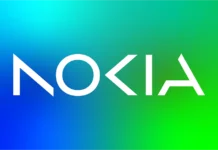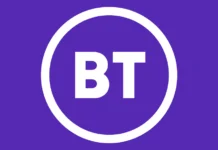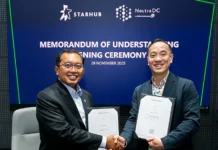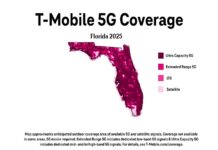The Next G Alliance (NGA), which happens to be an initiative led by the Alliance for Telecommunications Industry Solutions (AIS) and XG Mobile Promotion Forum (XGMF) from Japan, has gone on to ink a memorandum of understanding with the objective of fostering partnership on the development of a global spectrum for 5G as well as future 6G technologies.
It is well to be noted that this new agreement looks forward to deepening the cooperation between Japan and North America when it comes to advancing the next generation of wireless systems. The next G alliance happens to focus on promoting innovation as well as leadership in 6G for North America, while XGMF happens to be committed to growing the mobile services sector and also helping the next wave when it comes to mobile technologies across Japan.
Apparently, the pair also went on to note that the agreement updates a previous agreement along with the predecessor of XGMF, the Beyond 5G Promotion Consortium. It happens to lay out a framework for joint strategic initiatives, such as shared research, exchanging information as well as insights, and also marketing endeavors. The partnership when it comes to NGA and the Japanese group happens to be designed in order to explore novel applications concerning 5G advanced and 6G, especially in the field of industrial communications, and also so as to speed up the global harmonization in terms of technical benchmarks.
According to Jaydee Griffith, who happens to be the managing director of the Next G Alliance, this agreement enables the advancement of mutual objectives of bringing 6G innovation to market in a faster and more effective way. It is indeed a part of their broader efforts to align with global partners and come up with economies of scale for future mobile spectrum. The co-chairman of the XGMF, Akihiro Nakao, added that in order to completely realize the promise when it comes to 5G as well as 6G, one must focus on valuable and practical innovations. The collaboration with the Next G Alliance brings them closer to a globally aligned and sustainable mobile ecosystem.
It is well to be noted that in 2024, the Next G Alliance by ATIS went on to publish a white paper, which looks at the transformative role that the future 6G technologies are anticipated to play when it comes to enhancing integrated sensing along with communication systems.
NGA went on to say that the next-generation systems are going to enable distributed sensor as well as communication networks to execute integrated exchange of data, thereby allowing the systems of sensors to work together. These will offer the network crucial analytics in order to upscale configurations and at the same time enhance performance, said the NGA. It also added that these systems are going to enable new user capabilities.
It is worth noting that in 2023, NGA, along with India’s Bharat 6G alliance, signed a memorandum of understanding in order to explore partnership opportunities within 6G wireless technologies. The main objective of this collaboration was to align research and develop development priorities that go on to support a common 6G vision and also create safe, secure, and dependable communications along with resilient supply chains.
The NGA, along with Europe’s 6G Smart Networks and Services Industry Association (6G-IA), in 2022 had signed a memorandum of understanding so as to exchange information with regard to their work programs in mutual interest areas within the field of future 6G communication systems as well as networks. The agreement also went on to cover partnership on joint activities, which included seminars, workshops, webinars, and trials when it comes to 6G-related topics.
It is well to be noted that the Next G Alliance was launched by the Alliance for Telecommunications Industry Solutions (ATIS) as one of the initiatives in order to advance wireless technology leadership of North America in the next decade by way of private sector-led efforts with the initial focus on unstandardized 6G.




















